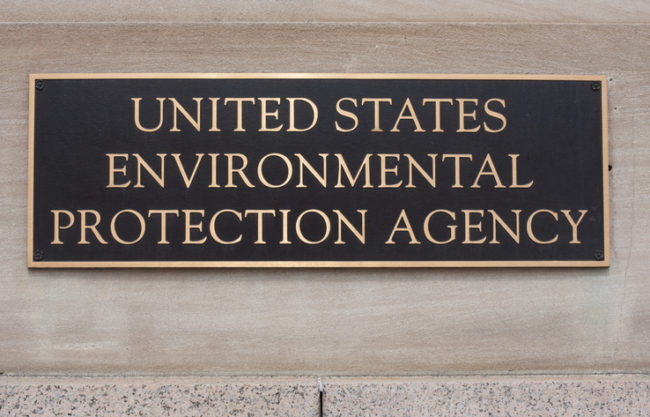As cryptocurrency has increased its notoriety in the US, so has its demands on the US electrical grid. Indeed, the US is witnessing a constantly proliferating number of cryptomining facilities, which are large spaces – often former factories or defunct power plants – filled with computers using large amounts of electricity to “mine” crypto by solving mathematical equations as fast as possible. This drain on energy has been met with unease in some parts of the US, however, such as New York, which …
Continue Reading









